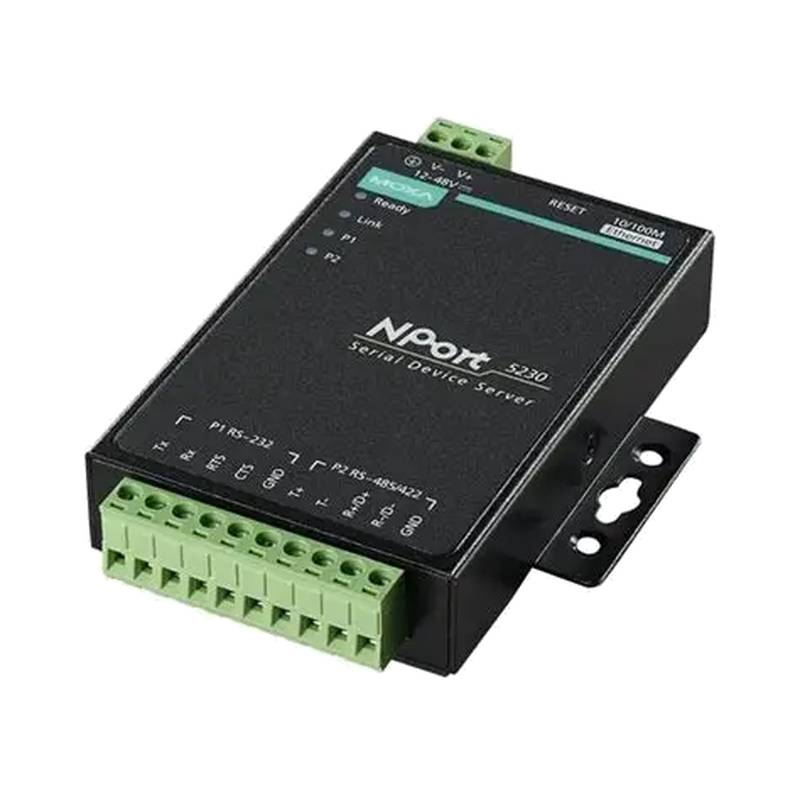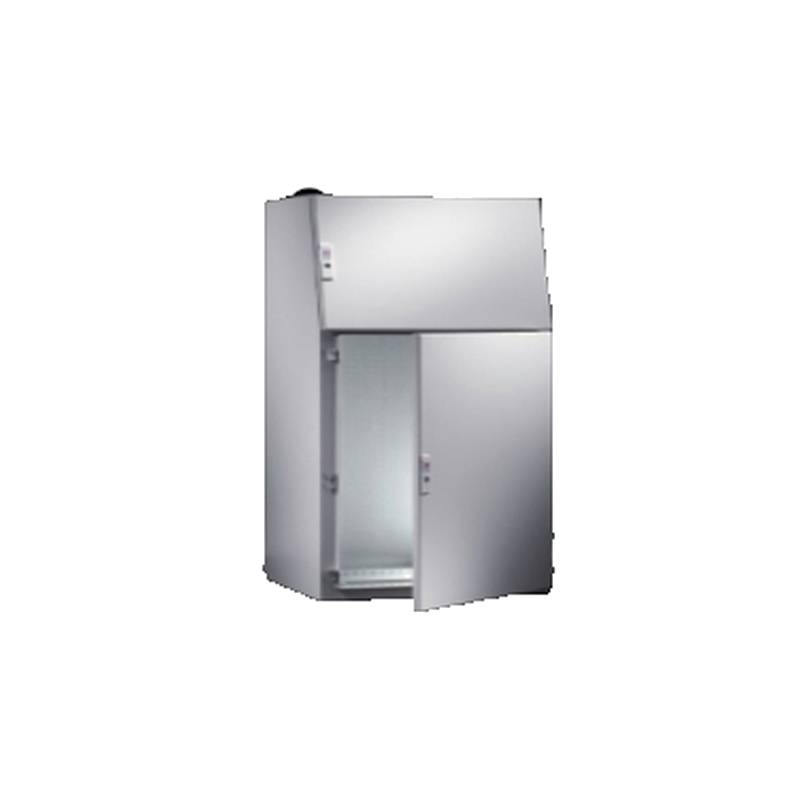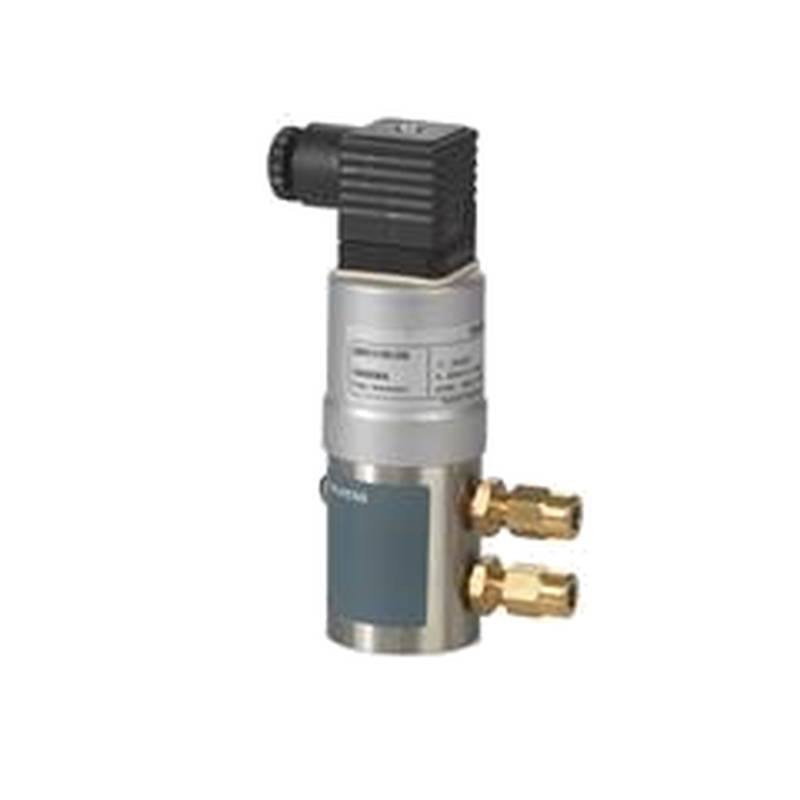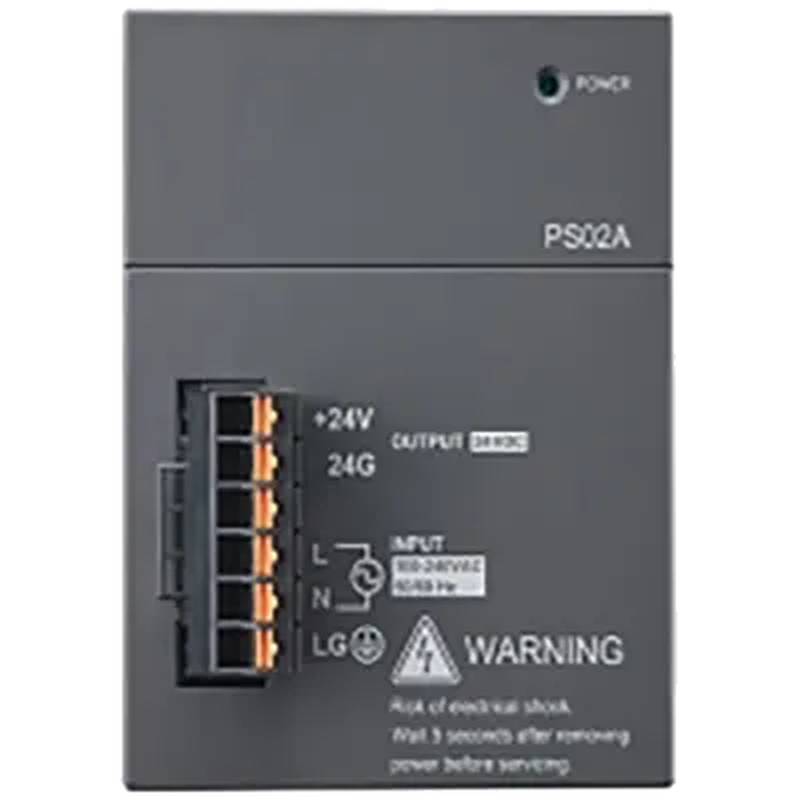
The Moxa NPort 5230 2-Port Serial Device Server is a robust industrial solution designed to seamlessly integrate legacy serial devices into modern Ethernet networks. This device server offers unparalleled reliability and performance, featuring two RS-232/422/485 serial ports, providing flexible connectivity options for a wide range of industrial equipment. With support for 10/100 Mbps Ethernet, it ensures high-speed data transmission, making it ideal for demanding applications. The NPort 5230 boasts an industrial-grade design, capable of operating in harsh environments with a wide temperature range of -40 to 75°C. Its compact form factor and DIN-rail mounting make installation straightforward in control cabinets and other industrial settings. Key technical parameters include its dual Ethernet ports for network redundancy, a built-in web server for easy configuration, and a variety of powerful software features such as TCP/IP, UDP, HTTP, and DHCP support.
Product Specifications
| Feature | Specification |
| :------------------- | :----------------------------------------------- |
| Serial Ports | 2 x RS-232/422/485 |
| Ethernet Ports | 2 x 10/100 Mbps |
| Baud Rate | Up to 921.6 kbps |
| Power Input | 12-48 VDC |
| Operating Temperature | -40 to 75°C |
| Mounting | DIN-rail |
| Protocols | TCP/IP, UDP, HTTP, DHCP, BOOTP, Telnet, Console |
| Management | Web Console, Telnet Console, Windows Utility |
Core Features & Market Positioning
The Moxa NPort 5230 distinguishes itself in the competitive industrial device server market through its dual Ethernet ports, which enable network redundancy, a critical feature for ensuring continuous operation in plant automation and critical infrastructure. This redundancy significantly minimizes downtime, a key concern for industrial operations. Its broad industrial protocol support, including TCP/IP, UDP, and HTTP, allows for versatile integration into diverse network environments, from simple data acquisition to complex SCADA systems. Furthermore, Moxa's renowned industrial-grade reliability and robust build quality position the NPort 5230 as a premium choice for applications demanding high availability and longevity, even under extreme environmental conditions.
Key Application Scenarios
The dual-port serial device server excels in scenarios requiring the modernization of legacy serial equipment. In manufacturing plants, it facilitates the integration of older CNC machines, PLCs, and barcode readers into Ethernet networks for real-time monitoring and control. For the energy sector, the NPort 5230 is instrumental in connecting substation automation equipment, remote terminal units (RTUs), and environmental sensors to centralized management systems. Transportation applications benefit from its ability to provide network access to traffic control systems, ticketing machines, and passenger information displays, enhancing operational efficiency and data flow across distributed locations.
Practical System Integration Guidance
Integrating the Moxa NPort 5230 is a streamlined process. For initial setup, connect the device to your network via one of its Ethernet ports and power it using the 12-48 VDC input. The device can be configured using Moxa's free Windows utility, searching for devices on the network, or by directly accessing its web-based configuration interface via its default IP address. For serial port configuration, select the appropriate RS-232, RS-422, or RS-485 mode, and set the desired baud rate, data bits, parity, and stop bits to match your connected serial devices. The dual Ethernet ports can be configured for network redundancy using Moxa's patented Turbo Ring or Turbo Chain technologies for seamless failover.
Operation and Risk Mitigation
Operating the Moxa NPort 5230 involves configuring its serial and network parameters for optimal data flow. To mitigate operational risks, ensure proper wiring of the serial interfaces, paying close attention to RS-485 differential signaling for long-distance or noisy environments. Always verify that the power supply is within the specified 12-48 VDC range to prevent damage. Regular firmware updates, available from Moxa's support website, are crucial for patching security vulnerabilities and ensuring compatibility with evolving network standards. In case of connection issues, check network connectivity, serial cable integrity, and the configuration of both the NPort 5230 and the connected serial device.
Scalability & Long-Term Value
The Moxa NPort 5230 offers significant scalability and long-term value for industrial deployments. Its ability to support up to 450 TCP connections and numerous UDP connections allows for substantial expansion of networked serial devices. Compatibility with Moxa's broader portfolio of industrial networking solutions, including managed switches and gateways, facilitates the creation of integrated IIoT (Industrial Internet of Things) architectures. This forward-thinking integration capability ensures that existing investments in serial infrastructure can be leveraged within modern digital transformation initiatives, providing a cost-effective and sustainable path to enhanced data intelligence and operational control.
FAQs
What are the primary advantages of the Moxa NPort 5230?
It offers dual Ethernet ports for network redundancy, crucial for uptime.
Its robust industrial design ensures reliability in harsh environments.
It provides flexible serial port configuration (RS-232/422/485).
How do I configure the serial port settings on the NPort 5230?
Access the web or Telnet interface for configuration.
Select the correct serial interface type (RS-232, 422, or 485).
Set baud rate, data bits, parity, and stop bits to match your device.
What network protocols does the Moxa NPort 5230 support?
It supports standard TCP/IP and UDP protocols for network communication.
HTTP is included, enabling web-based configuration and monitoring.
DHCP and BOOTP are supported for automatic IP address assignment.
How can I ensure network redundancy with the NPort 5230?
Utilize Moxa's Turbo Ring or Turbo Chain technologies.
Configure both Ethernet ports for redundant network connections.
This provides seamless failover in case of network link failure.
What is the operating temperature range for the NPort 5230?
The device operates reliably in extreme cold and heat.
Its wide temperature range is -40 to 75 degrees Celsius.
This makes it suitable for demanding industrial environments.
Can the NPort 5230 connect to RS-485 devices?
Yes, it fully supports RS-485 serial communication.
It also supports RS-232 and RS-422 interfaces.
This offers versatile connectivity for various serial devices.
What are the power requirements for the NPort 5230?
It requires a DC power input.
The voltage range is from 12 to 48 VDC.
Ensure your power supply is within this specified range.
How do I perform a factory reset on the NPort 5230?
Usually, there's a physical reset button on the device.
Refer to the user manual for the exact procedure.
This returns all settings to their default factory state.
What industrial applications benefit from the NPort 5230?
Manufacturing automation, connecting PLCs and machines.
SCADA systems for remote monitoring and control.
Building automation and traffic control systems.
Is the NPort 5230 suitable for IIoT integration?
Yes, it bridges serial devices to Ethernet networks.
This enables data collection for IIoT platforms.
It supports modern networking protocols for connectivity.

























